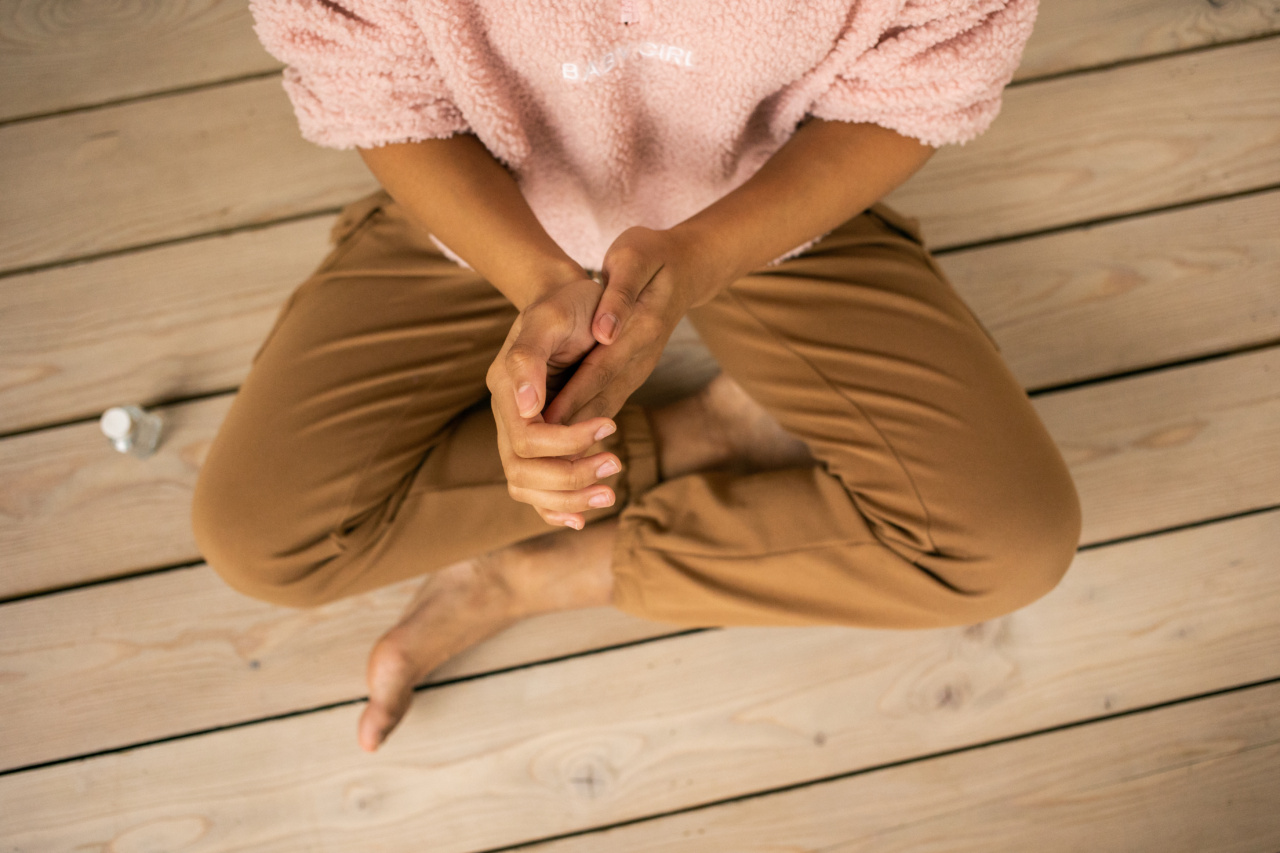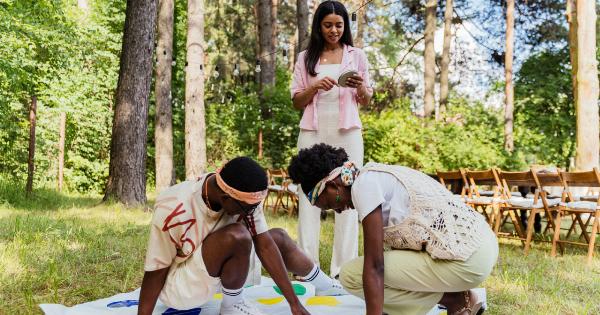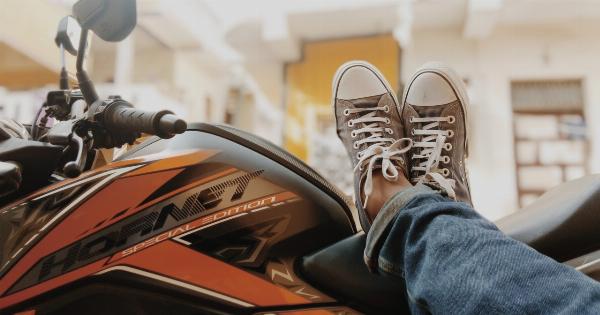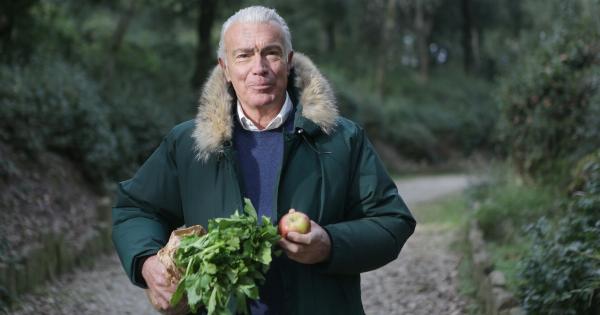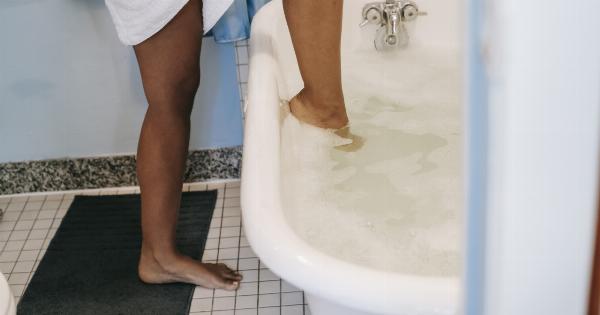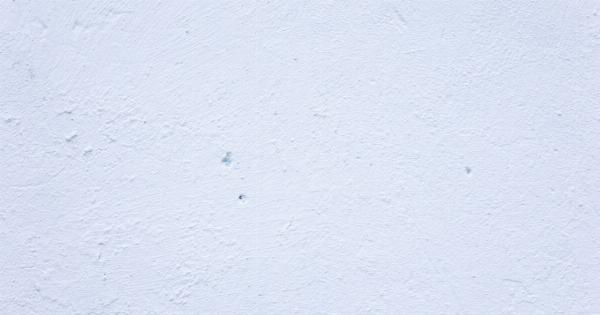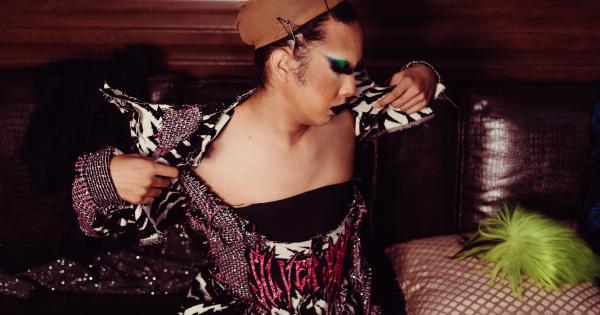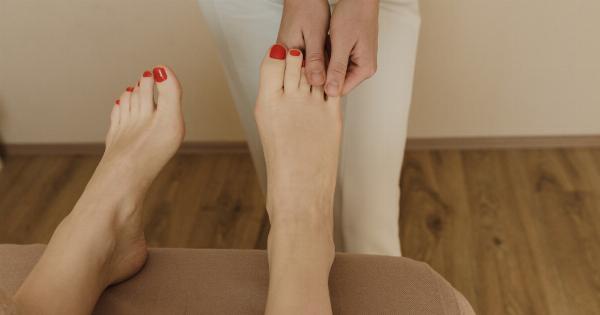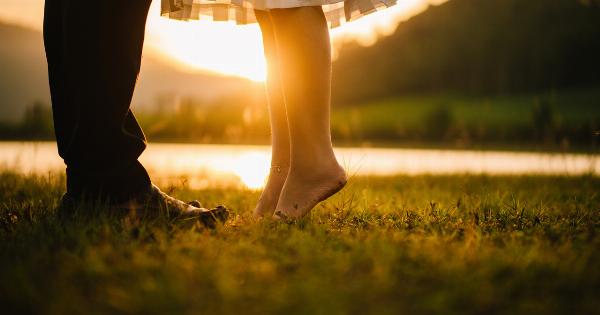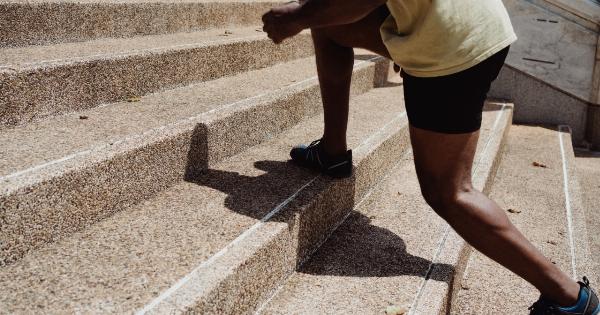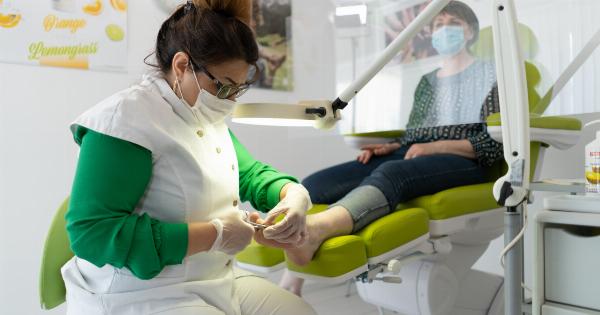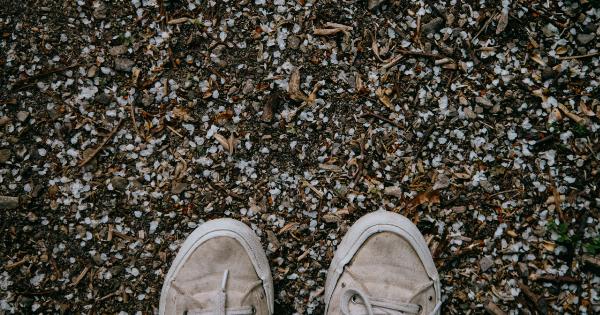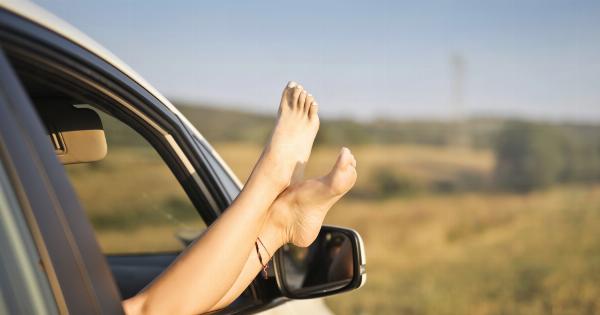When it comes to physical activities such as running, hiking, or walking long distances, blisters can be a common and unpleasant occurrence. They are painful, can slow you down, and may even lead to infection if not properly treated.
However, with a few simple preventative measures and careful attention to your footwear and socks, you can protect your legs from blisters and enjoy your favorite activities without any discomfort.
Choose the right footwear
One of the most critical factors in preventing blisters is selecting the right footwear. Ill-fitting shoes or ones that lack proper support can cause friction and pressure points, leading to blisters.
Here are some tips to help you choose the right footwear to keep your legs blister-free:.
- Ensure the shoes are the correct size: Shoes that are either too tight or too loose can cause friction, leading to blisters. Measure your feet and try different sizes to find the most comfortable fit.
- Look for cushioning and support: Shoes with proper cushioning and arch support can help distribute pressure evenly and reduce friction.
- Consider the activity: Different activities may require specific types of shoes. For example, if you’re running, opt for running shoes designed for that purpose, as they offer appropriate shock absorption and flexibility.
- Break in new shoes gradually: Avoid wearing brand new shoes for long durations initially. Gradually increase their usage to let your feet adapt to them and reduce the risk of blisters.
Choose the right socks
While shoes play a crucial role in preventing blisters, socks are equally important. The right pair of socks can offer additional cushioning, moisture-wicking properties, and reduce friction. Consider the following when selecting socks:.
- Absorbent and moisture-wicking material: Opt for socks made from materials like polyester or merino wool, which help wick away moisture from your skin, keeping your feet dry and less prone to blisters.
- Avoid cotton socks: Cotton traps moisture and does not dry quickly, which increases the chances of blister formation. If possible, stay away from cotton socks.
- Padding and cushioning: Look for socks with extra padding in areas prone to blister formation, such as the heel and toes. This added cushioning reduces friction and protects your skin against rubbing.
- Seamless construction: Socks with seamless toes minimize the risk of friction and irritation, reducing the likelihood of blisters.
Maintain proper foot hygiene
Keeping your feet clean and dry is essential for preventing blisters. Here are some hygiene practices to incorporate into your routine:.
- Wash your feet daily: Use a mild soap and warm water to clean your feet regularly, especially after physical activities.
- Ensure thorough drying: After washing, make sure your feet are completely dry, particularly between the toes. Moisture can increase friction and make your feet more susceptible to blisters.
- Use foot powders or anti-blister balms: Applying foot powders or anti-blister balms can reduce friction and keep your feet dry by absorbing excess moisture.
- Avoid walking barefoot: Walking barefoot, especially on rough surfaces, increases the risk of developing blisters. Always wear appropriate footwear or sandals.
Take breaks and rest
Allowing your feet periodic breaks and rest can help prevent blisters caused by prolonged activity. When engaging in activities that put repetitive pressure on your feet, such as long-distance running or hiking, consider the following:.
- Take regular breaks: Schedule short breaks during your activity to relieve pressure and give your feet a chance to rest.
- Elevate your feet: If possible, elevate your legs during breaks to reduce swelling and alleviate pressure on your feet.
- Change socks: During longer activities, change into fresh socks if your feet become sweaty or damp. Carrying spare socks in your backpack can be a lifesaver.
Treat blisters promptly
Despite preventative measures, sometimes blisters can still occur. It’s crucial to address them promptly to prevent infection and aid healing. Here’s what you can do if you develop a blister:.
- Leave it intact: Avoid popping the blister, as the blister fluid acts as a natural barrier against infection.
- Cover with a sterile bandage: If the blister is in an area at risk of bursting or rubbing against footwear, cover it with a sterile bandage or blister pad.
- Pain relief: Over-the-counter pain relievers, such as ibuprofen, can help reduce discomfort caused by blisters.
- Seek medical attention if needed: If a blister becomes infected, shows signs of pus or increasing redness, or if you are a diabetic, seek medical attention for proper care and prevention of complications.
Conclusion
Blisters on the legs can be a hindrance to your active lifestyle, but with proper precautions, you can protect your legs and prevent blisters from forming.
Remember to choose the right footwear and socks, maintain good foot hygiene, take breaks during long activities, and address blisters promptly if they occur. By implementing these simple strategies, you can enjoy your favorite activities without worrying about painful and inconvenient blisters.
